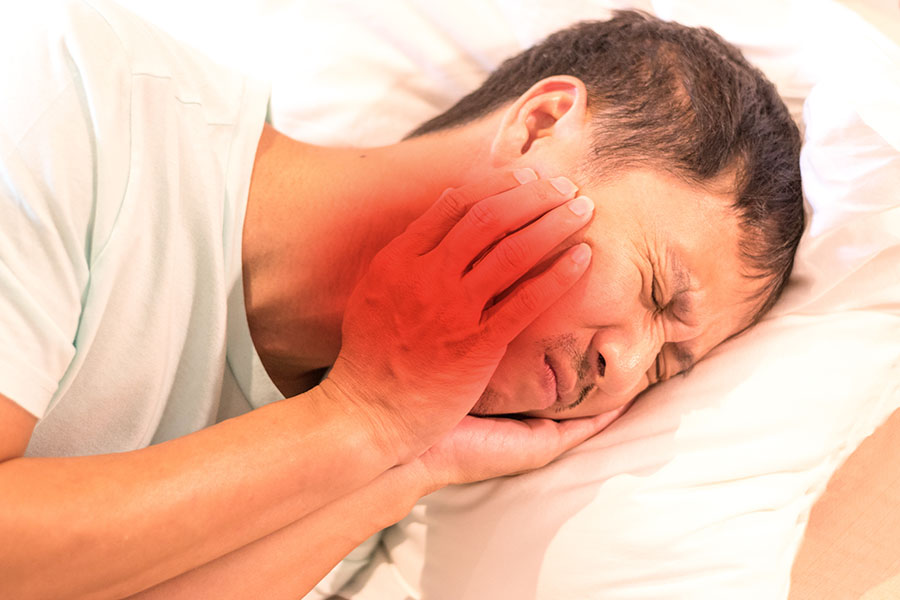
Understanding TMJ Disorders
TMJ disorders, also known as temporomandibular disorders (TMDs), are a subject of ongoing debate in the medical world. TMDs comprise a range of conditions affecting the temporomandibular joint (TMJ), the muscles involved in chewing, and all related tissues. The symptoms of these disorders are diverse, potentially impacting chewing, speaking, and other facial functions. They often cause acute or persistent pain and can be associated with other painful conditions. Chronic TMD pain can disrupt work or social activities, resulting in a lower quality of life.
The exact causes of some TMDs remain unclear, leading to varying opinions on diagnosis and treatment.
The Mechanics of Chewing and the Jaw
The mechanics of opening and closing your mouth are complex and fascinating. They involve a network of muscles, ligaments, bones, and cartilage discs that make up the TMJ. The TMJ, one of the most intricate joints in the body, is unique because we have two of them working in tandem. These joints facilitate various movements, including hinge and gliding actions.
The cartilage-like disc between the ball (condyle) and socket (articular eminence) acts as a shock absorber. Various muscles aid in opening and closing your mouth, controlling the forward, backward, and side-to-side movements of your lower jaw. Any disruption in this system could result in a TMD.
What Causes TMDs?
While some TMDs can be traced back to trauma, arthritis, or intense stress, most are due to a combination of factors. It’s well-established that orthodontic treatment does not cause nor cure TMD. If you’re told that your TMD resulted from braces or a misaligned bite, approach this claim with caution. The cause of TMD may not always be clear, but treatment should always be conservative and reversible.
Identifying TMDs
Common signs and symptoms of TMD include:

Murray Orthodontics can recommend a course of treatment by taking a complete history and conducting a clinical examination. To the extent that the causes of your TMD can be identified, proper diagnosis is an important step before treatment. It can save time and money by ensuring that you receive the treatment appropriate for your particular problem.
TMD Treatment
Treatment for TMD should start with conservative, reversible, and evidence-based approaches unless there are strong reasons to do otherwise. Studies suggest that many TMDs improve or resolve over time.
While no single therapy has proven universally effective, many conservative methods have shown to be as effective as more invasive treatments in providing symptom relief. These methods are safer as they don’t cause irreversible changes. A home care program can supplement professional treatment, helping patients understand their disorder and manage their symptoms.
Patients with TMD often spend thousands of dollars on treatments based on misinformation that their bite is off or their jaw joint/disc is improperly placed. Such statements are misguided.
Patients with TMD are also sometimes told that orthodontic treatment or a special retainer can fix their bite or realign their jaw joint. Desperate for relief, these patients may resort to costly and ineffective treatments. The reality is that orthodontics and special retainers do not cure TMDs.
At Murray Orthodontics, although we do not specialize in TMD treatment, we can recommend the following home care recommendations as a good place to start:
- 1Soft Diet. For at least one month, avoid foods that are hard, sticky, or chewy. These can cause excessive
use of the jaw muscle, which can cause tension and discomfort. Avoid chewing gum. Stick to a soft diet! - 2Avoid Caffeine. Weight lifters use caffeine prior to working out to increase the intensity and duration of muscle contraction. By eliminating caffeine, the intensity of muscle contraction can be reduced, helping to alleviate discomfort in the jaw joint.
- 3Relax Your Jaw. Clenching your teeth can cause overuse of the jaw muscle, which can result in discomfort. During the day, try to keep your jaw relaxed. Keep your top and bottom teeth slightly separated. Placing your tongue between your top and bottom teeth can serve as a reminder not to clench.
- 4Reduce Stress. Look for areas in your life where stress can be reduced or eliminated. Stress can increase clenching and cause tension in the jaw muscle.
- 5
Take Ibuprofen. The use of an anti-inflammatory over-the-counter medication, such as ibuprofen, can reduce the swelling that can occur with an overworked jaw muscle as well as help relieve the associated discomfort. Use as directed for 1 week.
- 6
Warm Compress. Apply a warm compress to the jaw muscle for 20 minutes 3 to 5 times a day. This can help the muscle relax and relieve tension and discomfort.

